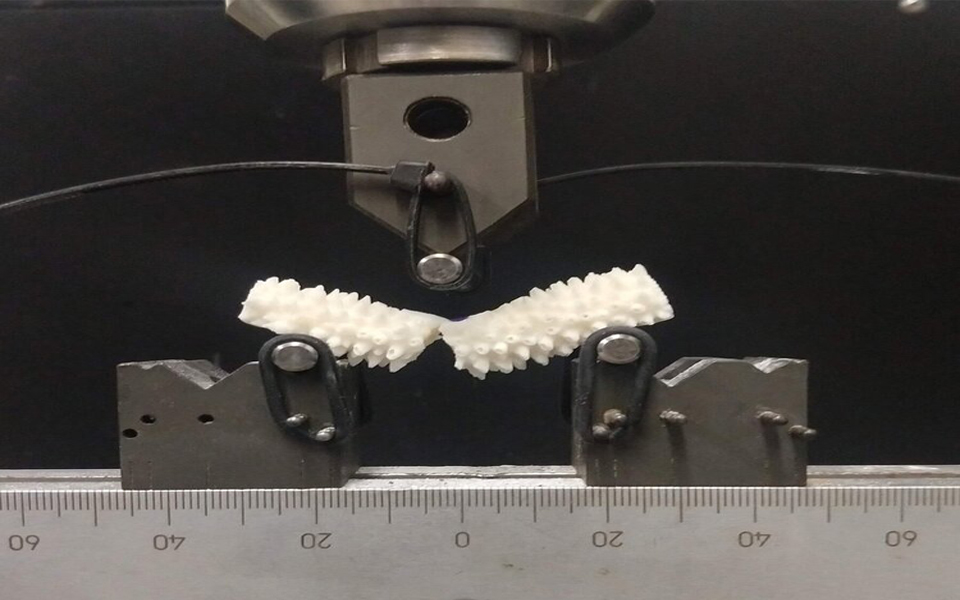Mechanical Investigation of Acropora cervicornis Raised on two Different Nursery Platforms

For my senior thesis, I investigated the mechanical strength of the threatened staghorn coral to understand how nursery structures influence the structural integrity of the corals and the implications of this mechanical strength for coral restoration projects.
This thesis was born out of a collaborative U-LINK grant to explore the efficacy of increasing the coastal resilience of Miami Beach through the design and implementation of living shorelines. Working with a team of ecologists, oceanographers, and engineers, I designed this project to build upon previous restoration ecology research to better understand the structural properties and mechanical strength of nursery-raised Acropora cervicornis. The proposal for the project won the Dr. Linda Farmer Undegraduate Research Grant ($2,500) which further helped support the project and my attendance at conferences to share my research.
Branching corals are dominated by drag forces and therefore understanding the bending stress of staghorn corals is important to understand fragmentation (Vosburgh 1977). Corals grown on blocks have increased ultimate bending strength compared to corals grown on trees, and therefore are likely to have decreased branch fragmentation. However, whole-colony fragmentation or colony dislodgment is more likely to be influenced by the strength of the hard-bottom substrate and the interfacial transition zone (ITZ) (Madin 2005). Further, colony dislodgement is likely to occur before branch fragmentation as seen in both ecological field studies and lab-based engineering studies (Tunniclife 1981, Madin 2005). Therefore, the increased mechanical strength of block-reared corals may not be realized. We recommend that restoration practitioners focus on mitigating boring species and implement outplanting methodologies that increase the bond strength of the coral and hardbottom substrate to decrease whole-colony fragmentation in high energy environments before focusing on implementing block structures in nurseries.

The data, analysis, and write up of this thesis can be found here.